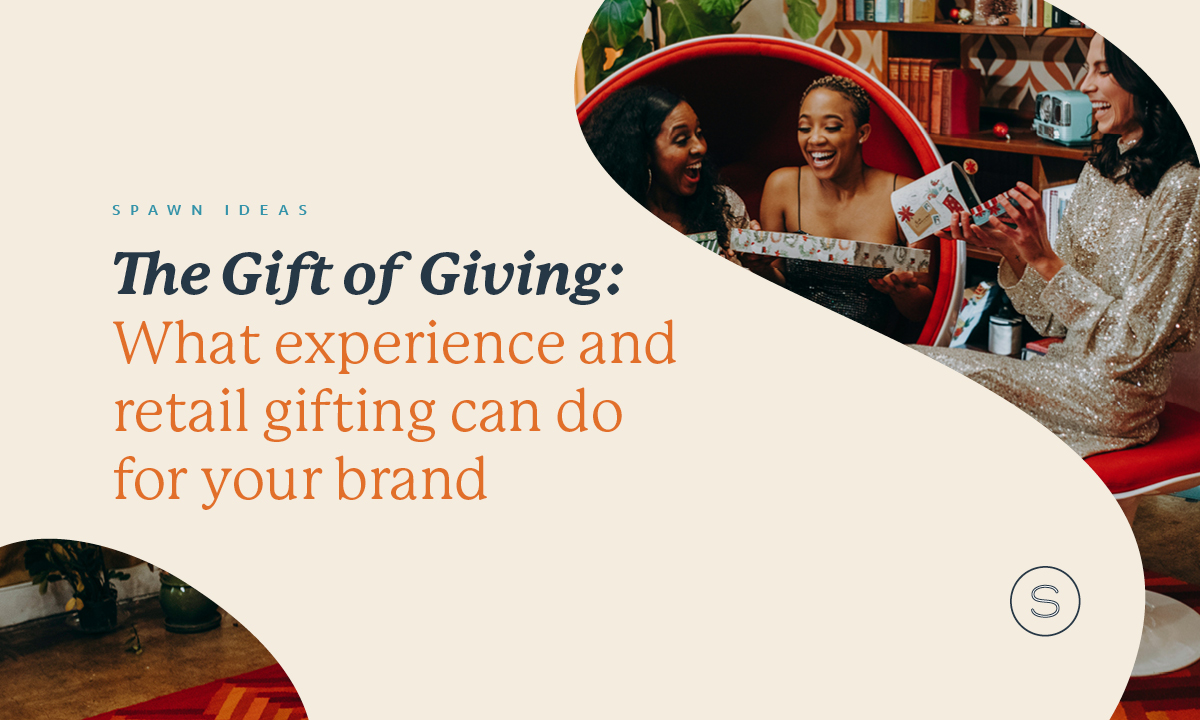Two Key Customer Experience Questions for Marketers
At Spawn, we know that a company’s brand promise is built or broken on customer experience. This truth has never been more important for marketers: In fact, 89% of companies said that they would compete mainly on customer experience last year.
But understanding the customer journey can be tricky, even for well-established companies. Understanding the customer journey matters, but even now, 50% of companies don’t feel confident that they’re measuring it properly.
This can be critical, because you cannot deliver excellent customer experiences if you don’t deeply understand what that experience is.
Last year, GCI, a long-time Spawn Ideas client, approached Hooligan, our Design Thinking practice, to help them enrich their understanding of their customer journey. We audited and mapped it end-to-end in order to create a roadmap for enhancing their customer experience.
Moments of Truth
At Hooligan, our objective is to find Moments of Truth, those make-or-break opportunities when customers interact with brands. Knowing them means we can create strategies for better connecting when it really matters.
This kind of work improves experience, raises net promoter scores (NPS), drives word of mouth, increases consideration and purchase, and fosters customer retention.
While our research for this project uncovered many rich insights for GCI it also highlighted a pair of lessons that all marketers should keep in mind in the New Year.
Lesson 1: Trust Matters Across The Entire Customer Journey
Most marketers focus on trust at the start—proving trustworthiness as customers consider their options. But our research uncovered that moments long after the sale—as customers got their bills and made changes to their accounts—impacted trust in ways that had massive impact on retention and word of mouth.
Ask yourself: What does your brand do to make customers trust you more after the sale?
Lesson 2: Little Issues from Your Perspective May Be Big Problems For Customers
The Hooligan process focuses on outside-in research. That means we talk to customers first, rather than insiders, in order to uncover fresh perspectives on the brand. In this engagement, what we found was that the process for switching wireless providers created stresses for prospects that marketers weren’t aware of. And those stresses sometimes blocked conversion.
Solving those problems made signing up easier and more compelling for customers. It’s the classic win-win: A happier experience for GCI’s customers, and better results for the brand.
Ask Yourself: How can we step outside our insider’s view of our business to learn what our customers and prospects really experience?





